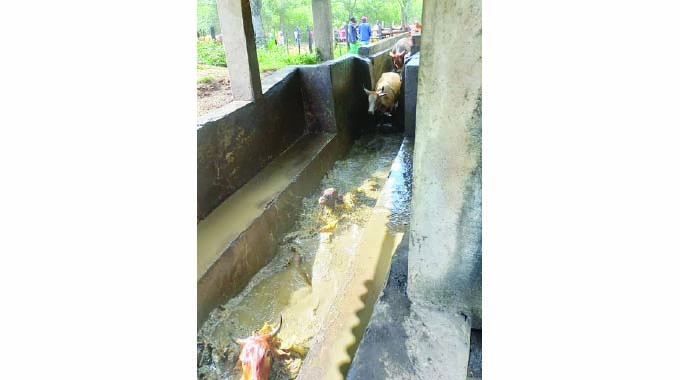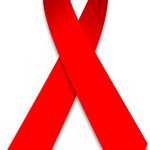Zimbabwe winning battle against livestock diseases

Nqobile Bhebhe, Senior Business Reporter
ZIMBABWE’S drive to curb the spread of livestock diseases is paying dividend with the reduction of Foot-and-Mouth Disease (FMD) outbreaks being limited to eight percent against set targets of 12 percent last year.
The sporadic outbreak of diseases such as FMD and tick-borne diseases is a threat to the viability of the livestock industry at a time when the country is rebuilding the national herd.
FMD is a severe, highly contagious viral disease, which affects cattle, pigs, sheep and goats among other animals. The disease is caused by a virus and is spread mainly through cattle to cattle transmission.
In cattle, the affected beasts may develop sores, blisters on the feet, in the mouth and on the tongue.
Outlining key performance highlights for the Ministry of Lands, Agriculture, Water and Rural Development, permanent secretary, Dr John Basera, said livestock production is on the rise after interventions rolled out by the ministry to reduce prevalence of diseases.
Dr Basera said the ministry adopted a zero tolerance on the Foot and Mouth Disease (FMD) and went on a blitz to minimise illegal movements.

File picture: A farmer examines a cow that succumbed to January disease in Fort Rixon
“As such FMD outbreaks for 2022 were contained below eight percent against a target of less than 12 percent for the same period. To enhance the efforts in the fight against tick-borne diseases, the ministry is rolling out a programme to support and promote the local production of animal remedies for import substitution,” he said.
Dr Basera said the implementation of the programme is expected to reduce the cost of dipping chemicals by 52 percent.

Dr John Basera
He said the Veterinary Field School (VFS) concept for every dip tank was introduced and to date 5 000 VFS have been established across the country.
The ministry rolled out the Presidential Tick Grease Programme targeting over one million households and also enforced an intensive dipping programme through-out the country.
“These efforts saw a sharp reduction in January Disease and other tick-borne related diseases,” said Dr Basera.
He said cattle mortality decreased by three percent points from 8,86 percent in 2021 to six percent in 2022. “This was as a result of the successful implementation of the flagship homemade innovations such as the Presidential Tick Grease Programme, Intensive Dipping Programme and Dip tank Resuscitation Programme,” said Dr Basera.
He noted that overall, the national cattle herd grew by two percent from 5 509 983 in 2021 to 5 642 400 in 2022. The number of goats increased from 4,3 million in 2021 to 4,9 million in 2022, sheep grew from 710 226 in 2021 to 728 245 in 2022 and pigs’ population increased from 314 335 in 2021 to 339 644 last year.












Comments